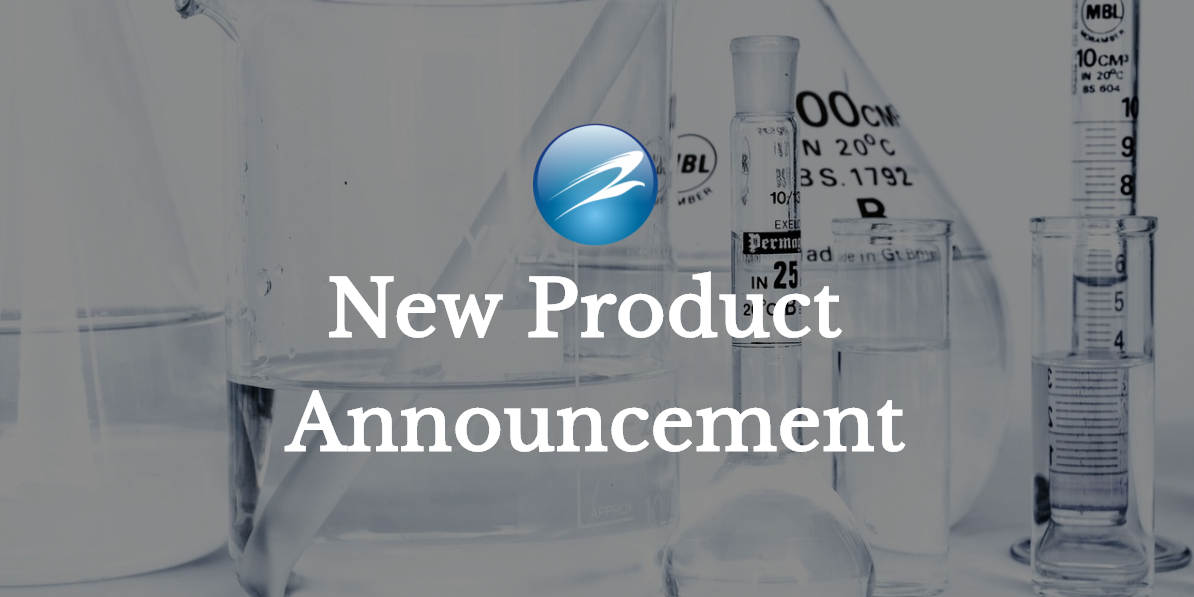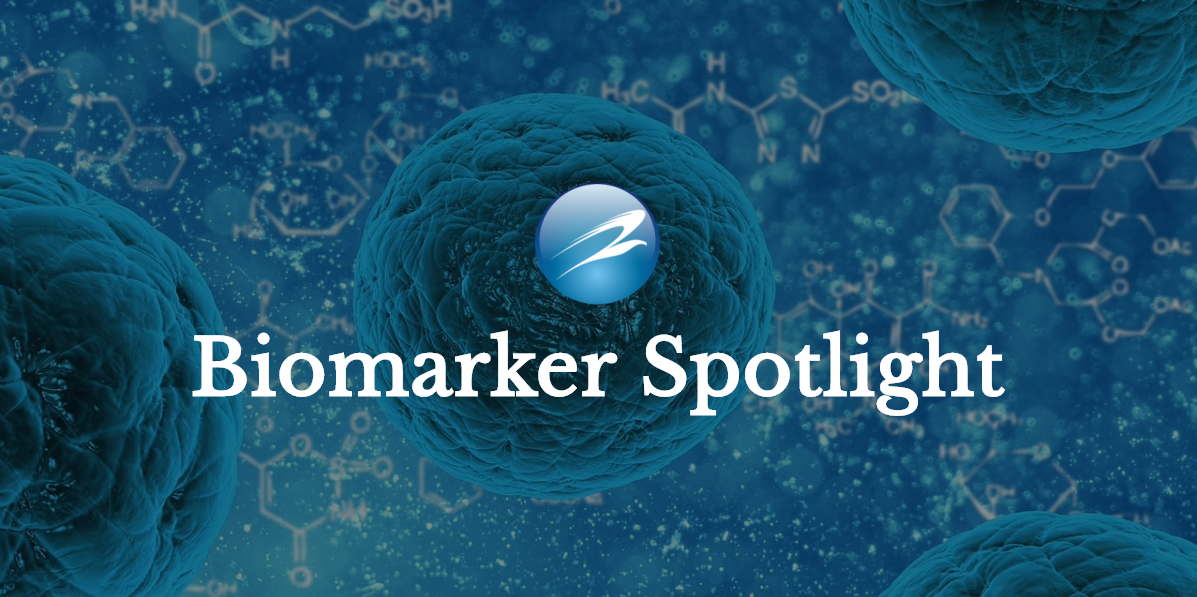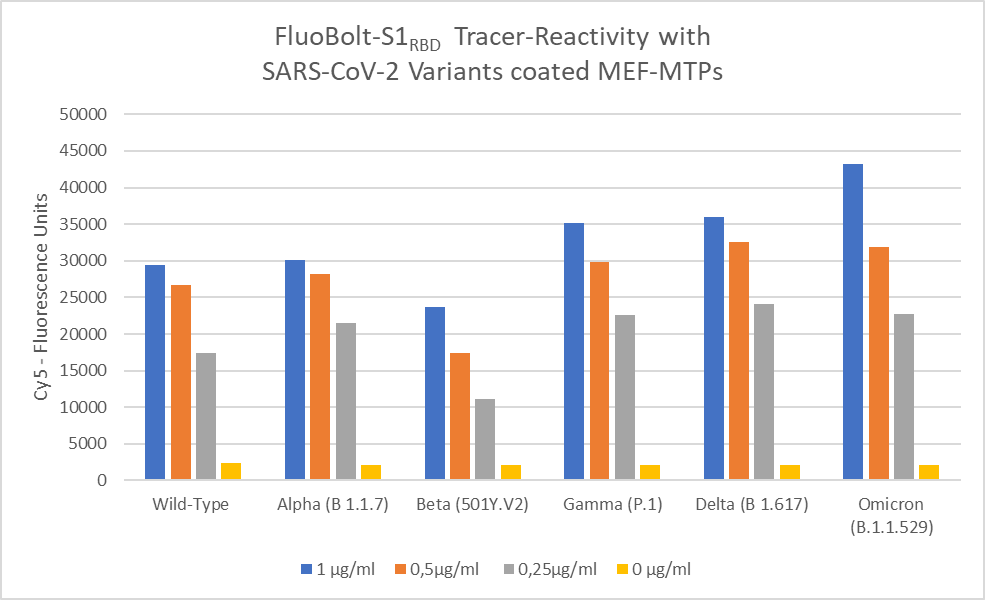
Eagle Biosciences is excited to partner with BPM and support the Fetuin A (PTM) ELISA (DNlite-DKD)!
About Fetuin A (PTM)
The unique Fetuin A post translation modifications measured in this assay were identified in a large-scale profiling of urinary proteomics. This new biomarker can help predict the kidney condition of diabetes patients, months to years in advanced. This urine test can help predict kidney decline or complications and potentially improve a patient with diabetic kidney disease quality of care.
Principle of the Fetuin A (PTM) ELISA
The Fetuin A (PTM) ELISA (unique Fetuin-A with specific post translational modification (PTM) for Diabetic Kidney Disease (DKD)) is a competitive immunoassay. In this Fetuin A (PTM) ELISA, calibrators or unknown urine samples are mixed with anti-unique PTM Fetuin-A monoclonal antibody (mAb), and then incubated in a microplate pre-bounded with unique PTM Fetuin-A. The monoclonal antibody recognizes unique PTM Fetuin-A in calibrators or unknown samples under competition in microplate wells. After an incubation, an Horseradish Peroxide (HRP) conjugated secondary antibody is added, followed by an incubation with 3,3’,5,5’-tetramethylbenzidine (TMB) substrate. Their relative reactivity is determined by absorbance measurement at 450 nanometers (nm) and plotted by comparison with a predetermined unique PTM Fetuin-A calibration curve.
Benefits of the Assay
-
- Fewer Steps
- Shorter processing times – ever for high-throughput samples
If you have any questions about this kit or any of our other offerings, contact us here.





